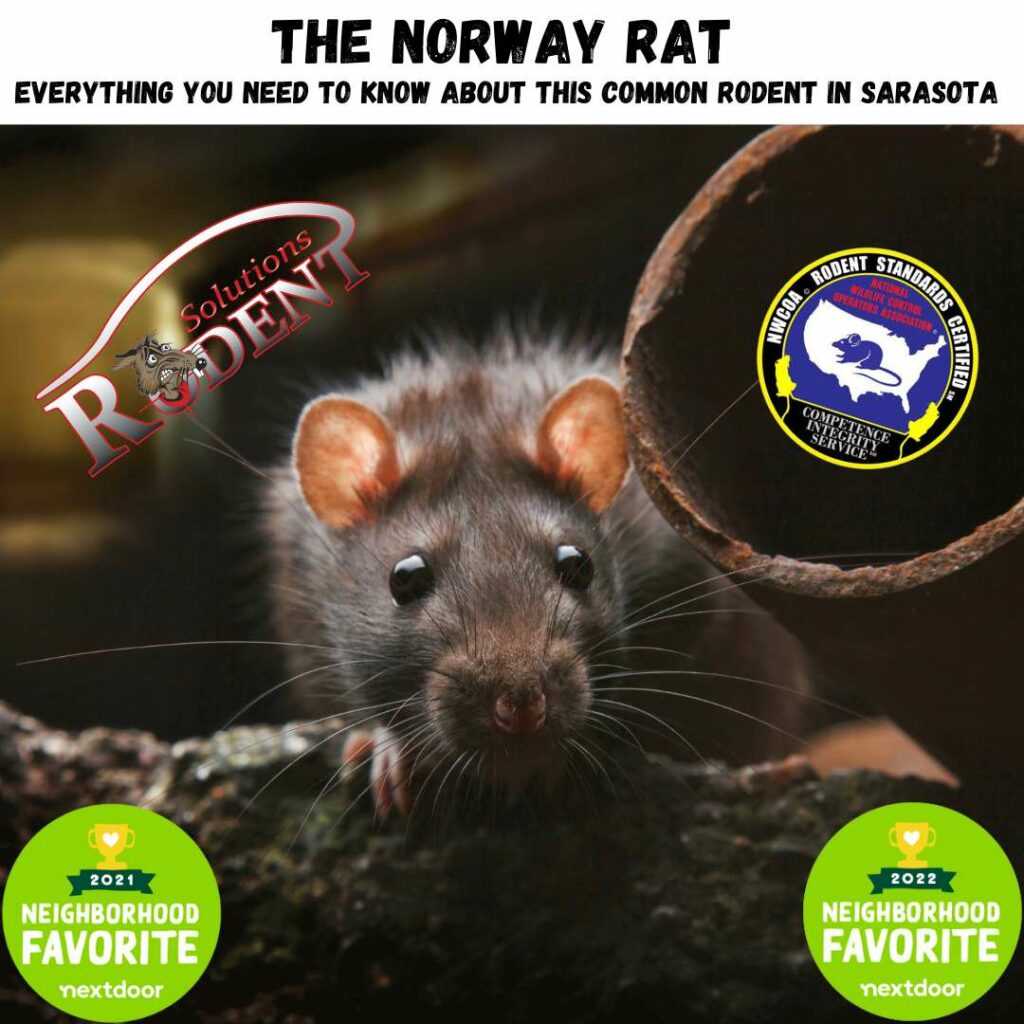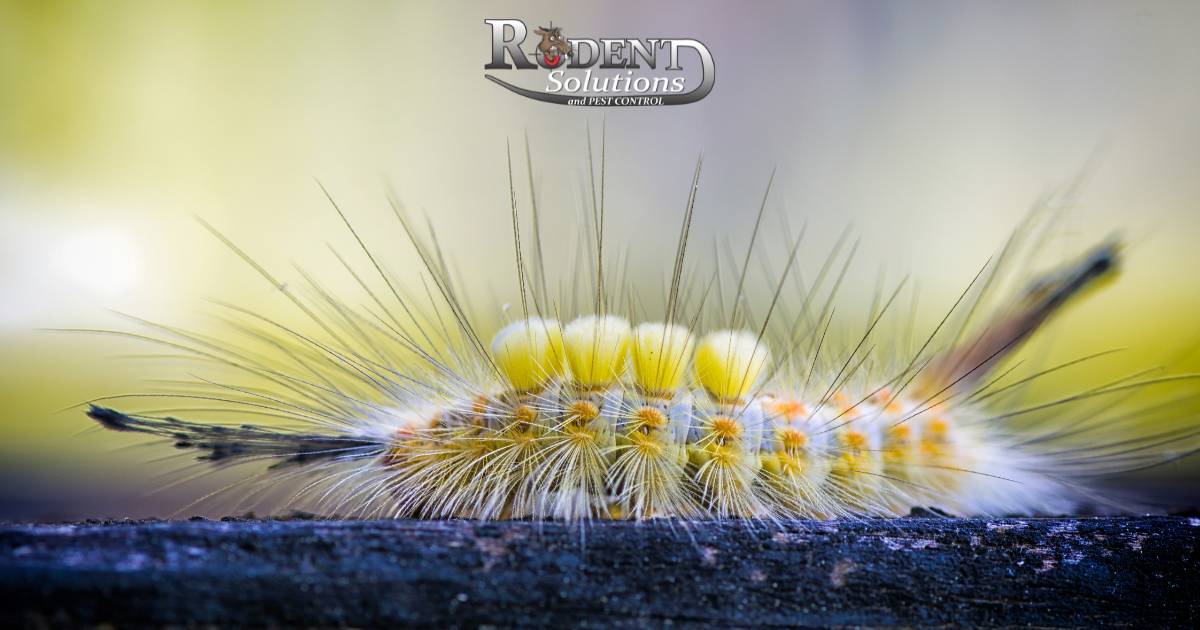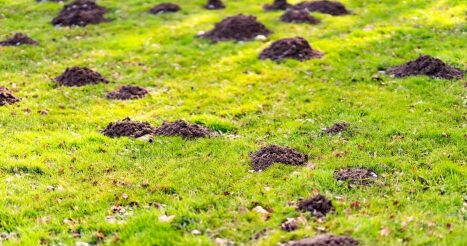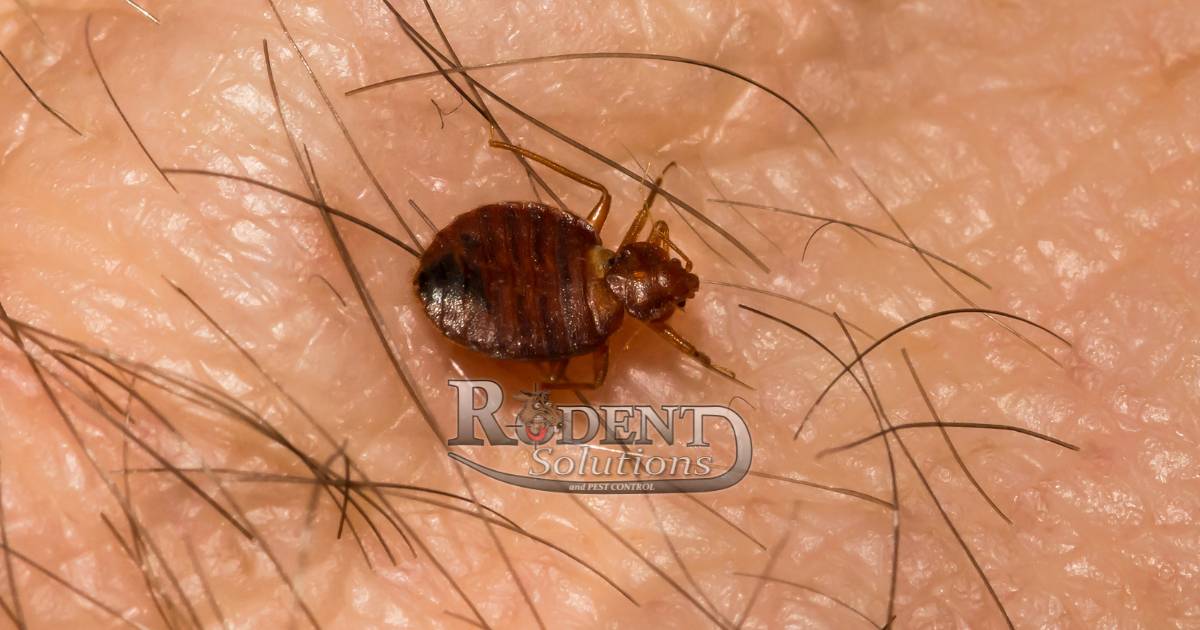Are you living in Sarasota, Bradenton, Lakewood Ranch, or Parrish areas of Florida and noticing a rodent infestation in your property? Chances are it could be the Norway Rat, one of the most common rodents found in Florida. These rodents are known for their resilient nature and ability to adapt to different environments, which makes them a persistent pest problem for homeowners and commercial pest control accounts alike. This article will cover everything you need to know about the Norway Rat in Florida, including its origins, characteristics, habits, and control methods for Norway Rats.

Norway Rat: General Information
The Norway Rat, or “Rattus norvegicus” also known as the brown rat, sewer rat, or wharf rat, is a common rodent found worldwide, including in Sarasota, Florida. Norway rats, including their tail, are one of the largest rat species, measuring up to 16 inches long. They also have small blunt noses, small ears, and shaggy brown fur with a lighter underbelly. They are well known for their sharp teeth, which they use to gnaw on almost anything, from wood, electrical wires, and AC ducting, causing damage to properties and posing a fire hazard.
The Origins of the Norway Rat
The Norway Rat is a rodent species believed to have originated in northern China. They are known for their adaptability and have spread to many parts of the world, including Europe, North America, and South America. The first recorded sightings of the Norway Rat in Europe date back to the 18th century, and they were likely brought over on ships as stowaways.
The Norway Rat’s ability to thrive in various environments and their rapid reproduction rates have made them one of the most successful mammalian species on the planet. They also carry many health risks as they pass numerous zoonotic diseases. This has always led to efforts to control rat populations throughout history.
In the late 19th century, the Norway Rat became a major problem in urban areas, particularly in London and Paris. During this time, public health officials began to understand the connection between rat infestations and the spreading of diseases such as the bubonic plague. Efforts were made to control city rat populations, including poison and traps.
Norway Rats: Not from Norway?
Despite its name, the Norway Rat is not actually native to Norway. The origins of its name are not entirely clear, but it is believed to have originated from a misidentification of the rat’s place of origin.
One theory is that the Norway Rat was first identified by European naturalists who believed it came from Norway because of its thick fur, similar to the fur of other animals in that region. Another theory is that the name comes from Norway being one of the first countries to implement a successful campaign to eradicate the Norway Rat in the early 20th century.
Regardless of its name’s origins, the Norway Rat has become one of the world’s most widespread and successful mammals. It is known for its adaptability and ability to thrive in various environments, making it a common pest problem in many parts of the world, including Florida. Despite its name’s inaccuracy, the Norway Rat remains an important species in studying mammalian ecology and behavior.
Characteristics of the Norway Rat:
Norway Rats have several distinguishing features that make them somewhat easy to identify, even to the untrained eye. Here are some characteristics of the Norway Rat:
-
- Size: They are one of the largest rat species, measuring up to 16 inches long, including their tail.
-
- Appearance: They have shaggy brown fur, a lighter underbelly, a blunt nose, and small ears.
-
- Teeth: They have sharp teeth that can cause damage to properties and pose a fire hazard.
-
- Tail: Their tail is shorter than their body length and is scaly and hairless.
Habitat and Behavior of the Norway Rat:
Norway Rats are adaptable and can thrive in various environments, including sewers, landfills, abandoned buildings, and your attic! Here are some of their behavioral habits:
-
- Norway Rats Tend to Be Nocturnal: They are primarily active at night but can be active during the day if disturbed.
-
- Norway Rats Are Territorial: They are territorial creatures and establish their territory by leaving their scent markings as rub marks from body sebum and/or urine.
-
- Norway Rat Nesting: They build nests in dark, hidden places using shredded paper, cloth, and other soft materials.
-
- Norway rats are known for their ability to dig in the ground to get under and around obstacles.
-
- Norway rats will also take refuge in the sewers and enter homes through open or broken plumbing in the attic and under homes. They can enter through the sewer and vent sides and are even well known to find their way up through the toilets.
-
- Although they are more known for digging and ground-dwelling, they are very capable climbers and are known to be found in attics as roof rats and mice are.
Diet and Feeding Habits of the Norway Rat:
Norway Rats are omnivorous and will eat almost anything they can find. Here are some of their dietary habits:
-
- Preference: They prefer fresh meat, fish, and cereal grains.
-
- Water: They need access to water to survive, and they can get enough water from their food.
-
- Eating Habits: Norway Rats gnaw on food, leaving behind noticeable teeth marks and hoarding their food in their nests.
-
- Norway Rats are neophobic by nature. This means they can have a natural fear of new items and food.
Reproduction and Life Cycle:
Norway Rats reproduce quickly, which can lead to a large rat infestation in a short time. Here are some of their reproductive habits:
-
- Mating: Norway Rats mate year-round, and females can produce up to 7 litters a year, with 8-12 pups per litter.
-
- Sexual Maturity: Norway Rats reach sexual maturity at 2-3 months, and females can mate again just days after giving birth
-
- Gestation Period: Norway Rats have a gestation period of 19-23 days
-
- Life Span: Norway Rats have a 1-2 years lifespan.
Health Risks Associated with Norway Rats:
Norway Rats carry many health risks, including zoonotic diseases that can be transmitted to humans and pets. Here are some health risks associated with Norway Rats:
-
- Salmonella: Norway Rats can carry and transmit Salmonella bacteria, which can cause food poisoning and other illnesses.
-
- Leptospirosis: This bacterial disease can be transmitted to humans through contact with Norway Rat urine, leading to fever, headache, and other symptoms.
-
- Hantavirus: Norway Rats can also carry Hantavirus, which can cause severe respiratory illnesses in humans.
Prevention and Control Methods:
To prevent and control a Norway Rat infestation, it’s essential to take proactive measures. Here are some prevention and control methods:
-
- Seal Entry Rat Points: Norway Rats can enter properties through small cracks and gaps in the soffit, fascia, roof, or foundation. Hire a pest control company specializing in rodent control, such as Rodent Solutions, to rodent-proof all entry points using specializes in rodent control, such as Rodent Solutions, to rodent-proof all entry points using a process called rodent exclusion.
-
- Remove Food and Water Sources: Store food in sealed containers, clean up spills and crumbs, and fix any water leaks.
-
- Remove Exterior Harborage Areas: Known as habitat modification, picking up ground debris and removing the trash for your yard.
-
- Use Rat Traps and Baits: Snap traps effectively catch Norway Rats. Rodent bait stations and birth control for rats can also be used to control the population.
-
- Hire a Rodent Extermination Specialist: If the infestation is severe, it’s best to contact a pest control professional who can identify and treat the problem effectively.
FAQs about Norway Rats:
A: Yes, Norway Rats can carry several diseases that can be transmitted to humans and pets, making them a health hazard.
Q: How can I tell if I have a Norway Rat infestation?
A: Look for signs such as droppings, gnawed objects, and grease marks on walls and floors. You can read more about how we determine if you have a rodent infestation by reading the article linked here.
Q: How can I prevent a Norway Rat infestation?
A: Seal all entry points on the building using a process known as a rodent exclusion, remove food and water sources, and use traps and baits to control the population.
Summary of the Norway Rat
The Norway Rat is a common pest problem near Lakewood Ranch, Sarasota, Bradenton and Parrish Florida. Only the roof rat is more common in our area. Norway rats, like all rats, can cause damage to properties and pose health risks to humans and pets. It’s essential to take proactive measures to prevent and control a Norway Rat infestation, such as having the entry points sealed by having Rodent Solutions perform our industry-leading rodent exclusion, removing food and water sources, and using traps, rat bait stations, and rat birth control stations. If the infestation is severe, it’s best to contact a professional pest control company like Rodent Solutions which can identify and treat the problem quickly instead of trying to handle the problem on your own. We are two time Winners of Nextdoor’s Favorite Pest Control Company in 2021 and 2022 and are 5-Star rated on Google. Contact us today for your rat inspection.

Pest/Wildlife Control 15 Years
Construction for 13 Years
Pest Control License JB299099
Wildlife License LW203605
Pest Management University: Founders and Masters
AAS Degree in Drafting Design with a Concentration in Building Construction
NWCOA Member (National Wildlife Control Operators Association)
NWCOA Rodent Standard Certified
NWCOA Bat Standard Certified
NCWOA Certified Urban Bird Management Operator
NWCOA Zoonotic Disease Standard Certified
Member of the National Pest Management Association (NPMA)
Bird Barrier Certified Installer
Bird-B-Gone Authorized Installer
OSHA 10 Training Completed for the Construction Industry
Aerial Lift Certified
Fall Protection Certified




